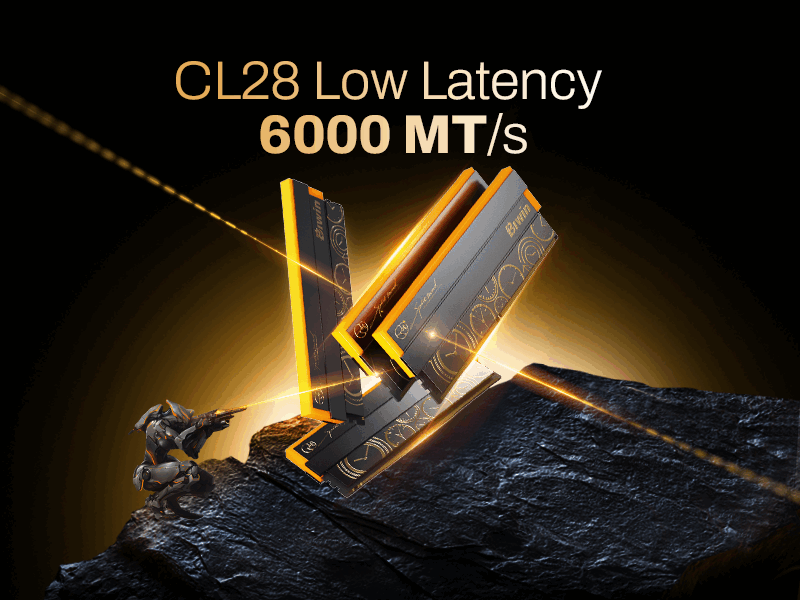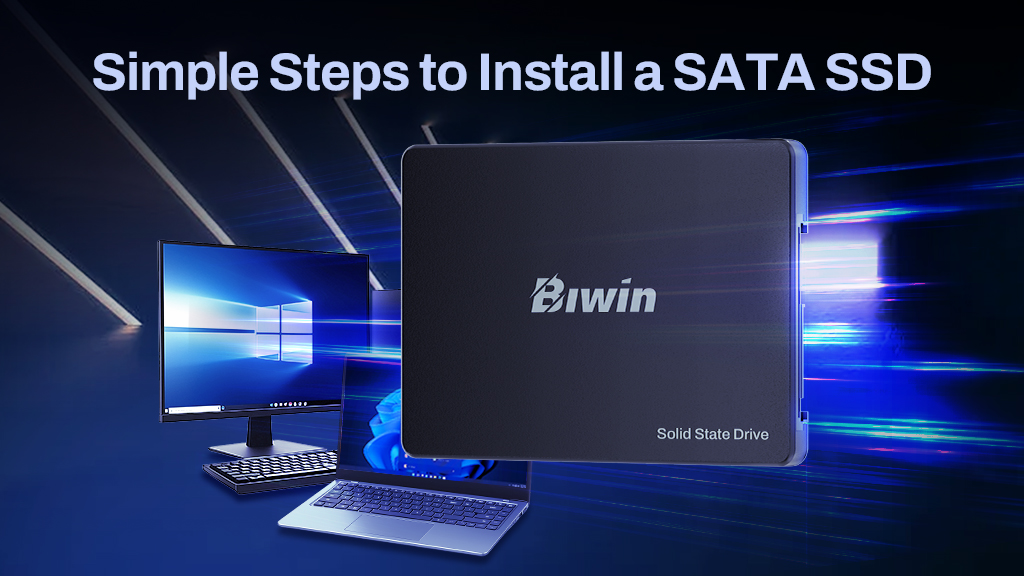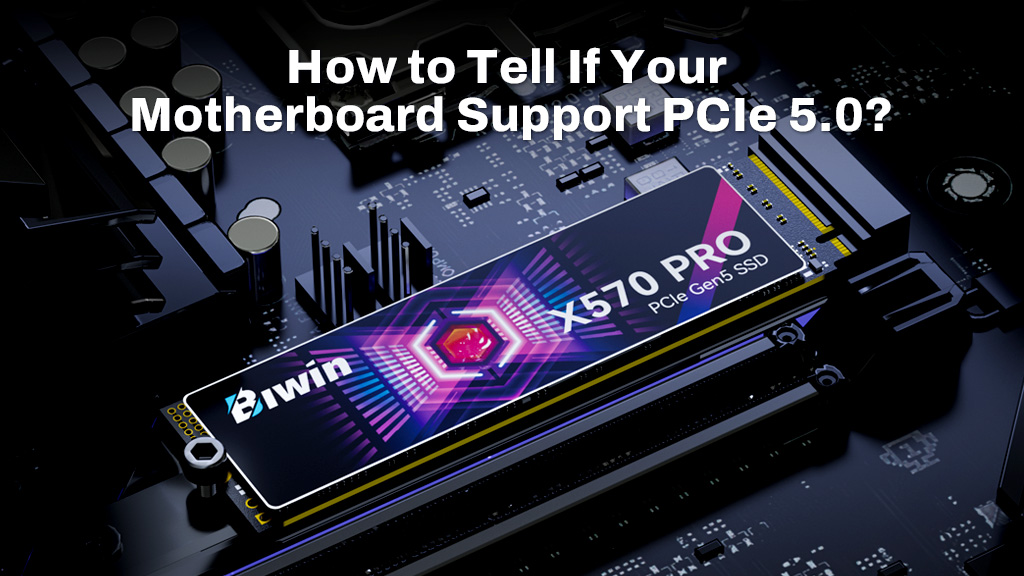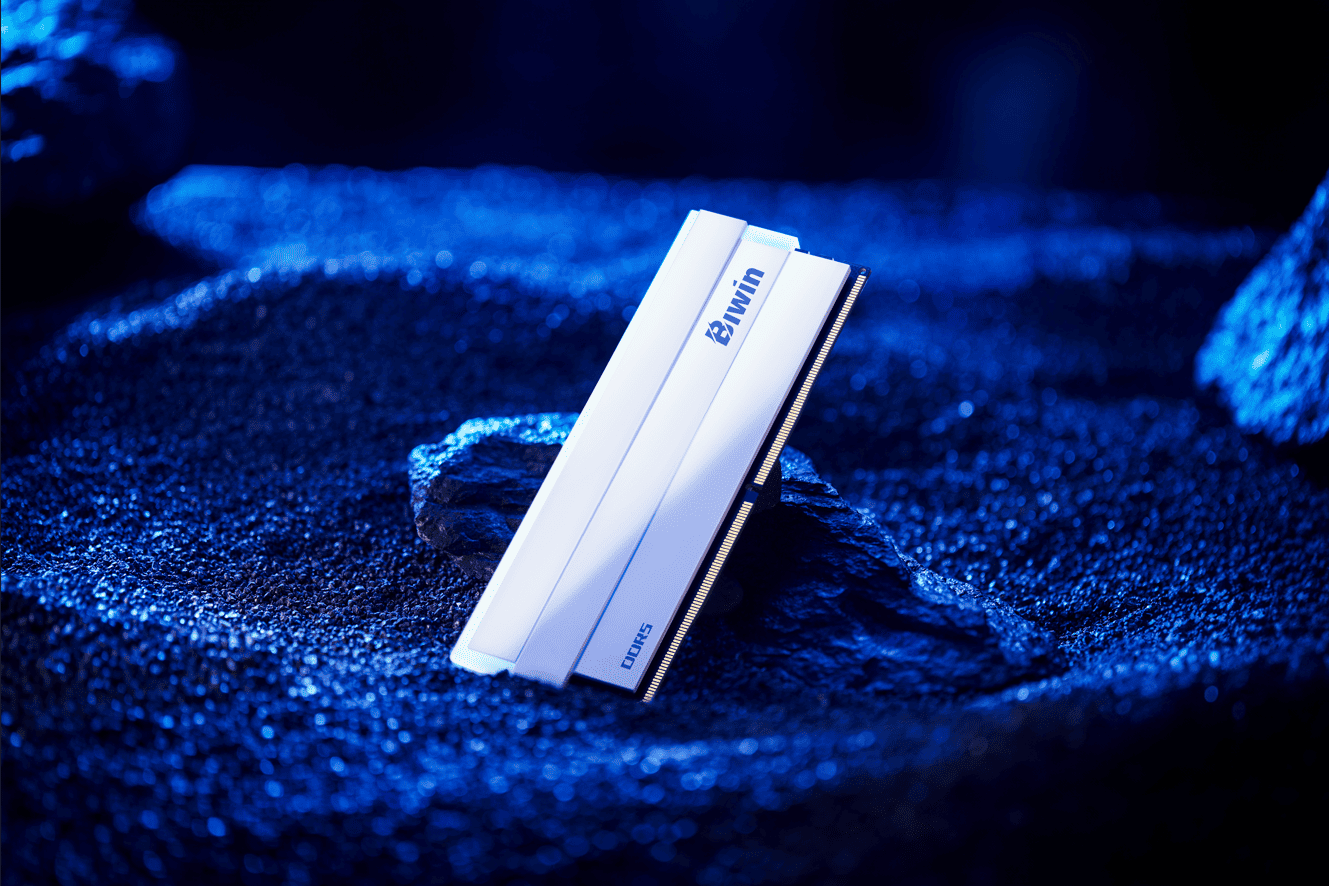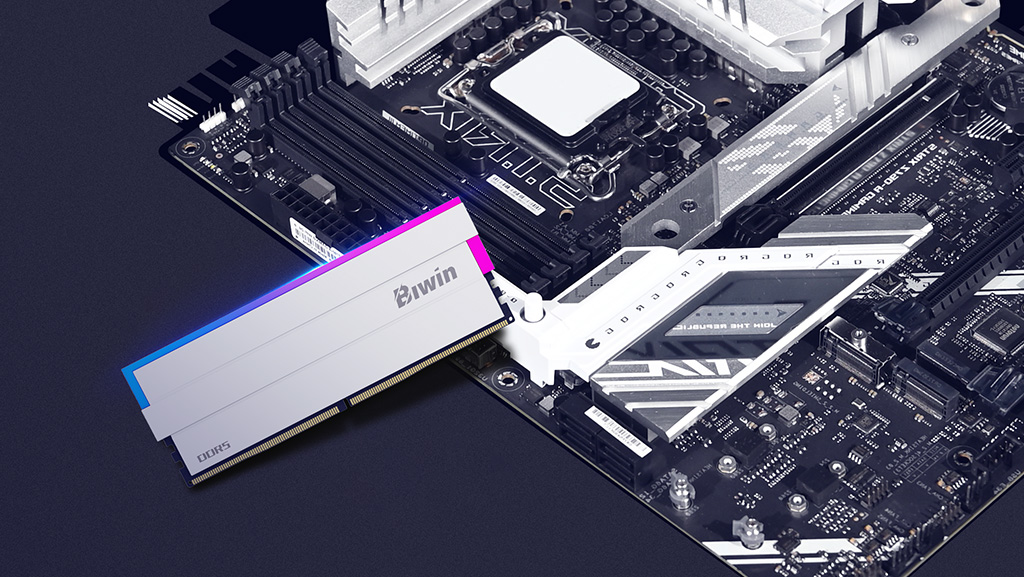PCI Express 5 is the latest and greatest PCIe interface technology and if you want the absolute fastest storage money can buy, you’re going to need a motherboard that supports it. But while Biwin and other manufacturers might have cutting-edge PCIe 5.0 SSDs with blazing fast sustained read and write speeds, is it worth it? The latest graphics cards support PCI Express 5 too. Does it make them any faster?
Let’s take a look.

Table of Contents
ToggleWhat is PCIe 5.0?
PCI Express 5 is the successor to PCIe 4, and the latest and fastest PCI Express standard yet. It doubles bandwidth over the previous generation, unlocking up to 4 GBps of throughput in each direction simultaneously. That means there’s greater scope for increased bandwidth, adding support for faster graphics cards and solid state storage drives. It also means motherboard manufacturers can use fewer lanes for add-in cards, potentially opening up support for a greater number of additional components and devices. Want to understand the full capabilities and benefits of this new standard? Check out our guide: What is PCIe 5.0: Everything You Need to Know.
Faster storage drives have the potential to increase file transfer speeds between SSDs, enhance system boot times, and game and application loading times. In the future it could unlock additional graphics card performance, too.
Is PCIe 5.0 worth it?
When it comes time to upgrade your computer, it can often feel hard to pull the trigger as there always seems to be something new and exciting over the horizon. If you just wait a little longer, you can get that instead.
But PCIe 5.0 is here and it’s ready to use right now. You can buy graphics cards which support PCI Express 5.0 and there are SSDs like Biwin’s own Black Opal X570 PRO. If you want the latest solid state drive performance for ultra fast data transfers to and from your PC, there’s no substitute for PCIe 5.0. It’s absolutely mandatory for the latest hardware and you won’t find anything out there that’s comparable.
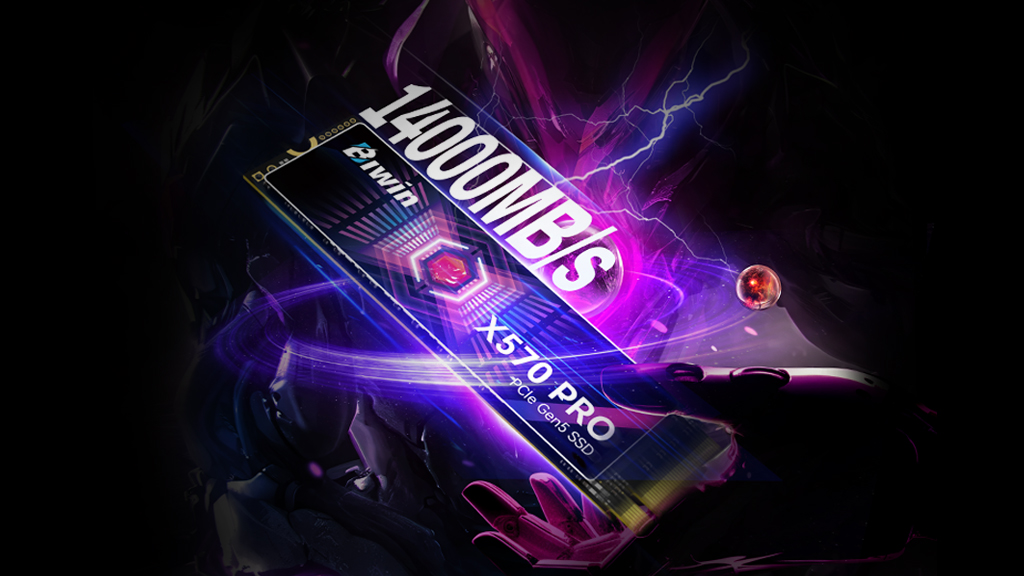
The question is: Is that worth it for you? PCIe 5.0 SSDs are much faster than PCIe 4 SSDs on paper, so they are a fantastic option for anyone doing large data transfers between drives regularly. If you often have to offload images from your camera, or video files from an external drive, PCIe 5.0 is absolutely worth it. If you have a blazing fast internet connection and want to make sure you can download data as fast as it comes down the pipe, PCIe 5.0 is the only real solution.
If you just want to make sure your graphics card has all the headroom it needs, though, PCIe 5.0 won’t do much for that: Yet. The latest GPUs don’t saturate a PCIe 4 x16 connection, so using a PCIe 5 x16 slot is simply going to raise a ceiling that hasn’t been met yet. Still unsure how it compares to the previous generation? See our breakdown: PCIe 4.0 vs. PCIe 5.0: What’s the Difference.
It will make your PC far more futureproof, though. That’s the other real benefit of PCIe 5.0 in 2025. It’s only going to get better from here. New PCIe 5.0 technologies will be released, new graphics cards, add-in cards, and SSDs, are all set to release in the near future. If you have a PCIe 5.0 motherboard you’ll be ready to take full advantage of that when you can. If you stick with PCIe 4, you’ll still get excellent performance, but when PCIe 5.0 does become necessary for you, you’ll need a full motherboard and CPU upgrade to take advantage.
